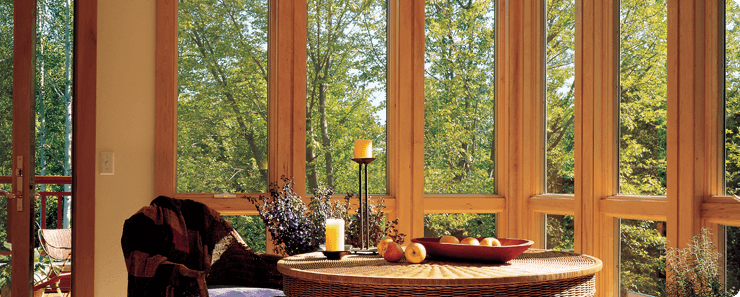From Guest Blogger Bobbi Peterson: How Residential Housing Impacts the Environment

Rural Land Development
More rural land has been developed for residential use than ever before — in fact, it’s being developed even faster than we need it. The land development rate is more than triple the rate of population growth for most areas, but these rural homes are becoming more popular for families and individuals looking to get away from city life.
This adds a new variable to the equation — fuel usage for transportation. In most cases, jobs aren’t moving to these rural areas so individuals continue to commute to the heavily populated areas for work and school. It also makes more green-friendly transportation options, like public transport, busses, and biking, difficult or impossible.
These large swaths of developed land make it harder to protect the environment, often because they are so far away from major industry centers.
Slow Adoption of Green Energy Solutions
The United States is finally starting to catch up when it comes to the adoption of green energy solutions, but we’re still lagging behind some other major developed countries — in spite of the fact that solar energy alone is growing 12 times faster than any other industry in the country. China, for example, has left the U.S. in the dust when it comes to solar and wind energy.
Much of this is due to the current administration, which is focusing primarily on coal and oil instead of green alternatives, but residential development has an impact on this as well. Many open rural areas that could be developed for solar or wind energy are instead being zoned for residential housing. Additionally, the widespread residential development makes it more difficult to centralize something like a wind farm or solar panels — the power simply has to travel too far to make it an efficient alternative.
The Introduction of Tiny Houses
Tiny houses are gaining popularity as an alternative to these expansive residential properties. These minimalist houses only take up a couple hundred square feet, can be made completely self-sustaining and can even be equipped with wheels so they can be moved from one location to the next with ease. At their smallest, these homes can be as little as 65 square feet. They can easily be designed to be taken off the grid, and are often equipped with solar panels so they don’t need to be plugged in to city power grids.
Even with a small floor plan, these homes can appear spacious. Large windows, angled roofs, integrated storage, and bright paint colors all work together to make the most of a small space. These homes, as small as they are, are equipped with all the comforts of a full sized house — beds, closets, showers, and more can all be found under their tiny roofs.
Some cities have already started to accommodate this style of tiny home, while others are in the process of changing their zoning regulations to make it difficult or impossible to live in one of these homes within the city limits.
Green Building Materials
To reduce the impact of residential housing, contractors can choose green building materials to complete new construction. These materials are designed to reduce energy consumption and overall water use both during construction and after the home has been completed. The buildings themselves are designed to be more environmentally sustainable and responsible than those build previously, reducing the overall impact on the environment.
We will always need somewhere to live, but we don’t have to let our expansion negatively impact the environment where we build.
